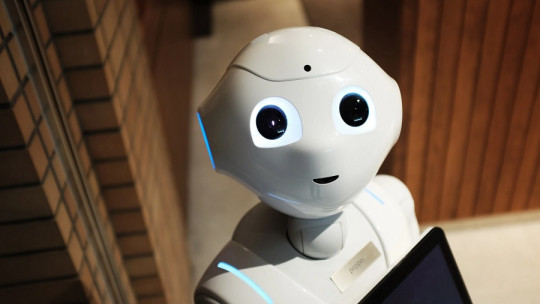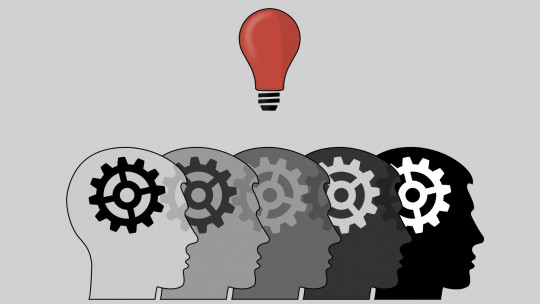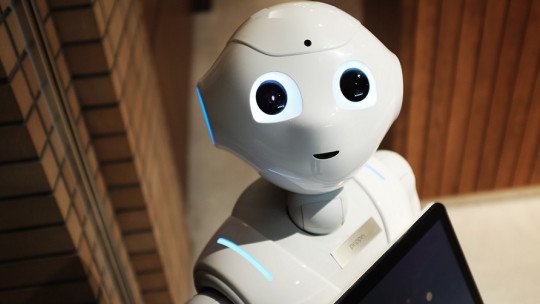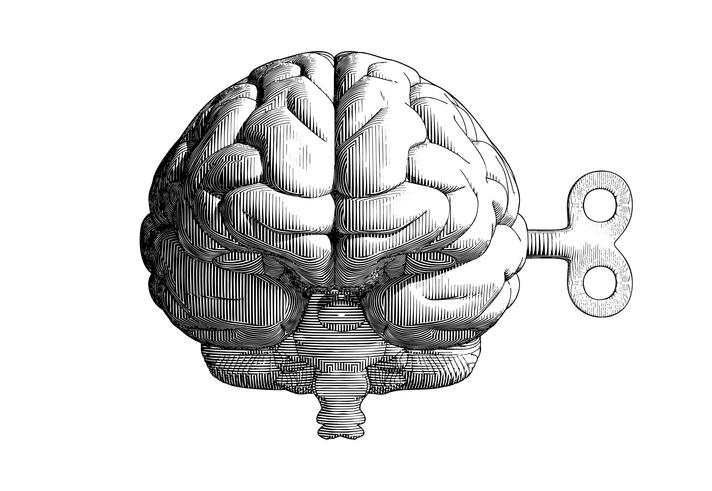The famous John Mcarthy, a prominent American computer scientist who received the Turing Award in 1971 for his contributions in the field of computing, first coined the term “Artificial Intelligence” (AI) in 1956, during the Dartmouth conference. . This word refers to the use of computers and other technologies for the purpose of simulate intelligent behavior and critical thinking comparable to that of a biological human being
Human and other animal intelligence involves consciousness and emotionality, while AI, today, is a conglomeration of primarily objective numbers and guidelines. In any case, an intelligent agent is not one that follows a code perfectly, but rather one that is capable of perceiving its environment and taking actions “autonomously” that maximize the probabilities of success of the task to be performed.
At a social level, an AI has connotations that human beings expect from an “intelligent” entity, such as reasoning, perceiving, learning and being able to solve problems based on environmental impositions. The line between computing and AI is very fragile because, as the processes to “order” a machine to do something are mastered, the autonomy in the “thinking” of the program is limited. This phenomenon is known as the “AI effect”, whose particularities we reserve for another opportunity.
For the general population, AI sounds like an ethereal, fantastic entity that is difficult to understand: nothing could be further from the truth, since intelligent computational models increasingly surround us without us realizing it. To put this reality into perspective, today we explain the types of artificial intelligence and their characteristics Do not miss it.
What are the types of artificial intelligence in machines?
An AI is not a robot with an anthropomorphic shape serving tea in a domestic environment, although historically the term is associated with those fantastic situations Without going any further, Siri, the iOS voice assistant, is considered a typical artificial intelligence, as it is based on natural language processing to satisfy consumer needs. It is not a robot, but it cannot be refuted that it is an AI model that we all use without realizing it.
If we understand AI as a broad spectrum at a computational level, we will not be surprised to learn that the number of businesses that use it has increased by 270% in the last 4 years. From product recommendations while browsing the Internet to the operation of smartphones, artificial intelligence surrounds us everywhere: computational intelligence goes hand in hand with social demands, at the research level and even in the healthcare field.
In any case, an early split is necessary: not all artificial intelligences are the same. We present the types of AI, based on 2 very different parameters: capacity and functionality. Go for it.
1. By capacity
Although those outside the subject consider that we are at the peak of artificial intelligence, human society has only discovered the tip of the iceberg when it comes to this issue. You will understand what we mean in the following lines.
1.1. Narrow artificial intelligence (narrow AI)
This variant corresponds to the vast majority of artificial intelligences present on Earth today. This type of AI It is trained to perform a specific and very limited type of activity, so it can fail unpredictably if it tries to act beyond its limitations Although it is a rational entity, its range of action is very narrow, hence its name.
Siri is a perfect example of narrow AI, as it operates excellently, but within a very limited range of predefined functions. Other specific cases are programs that play chess, cars that drive themselves, and mechanisms that recommend advertising to us based on our searches.
1.2. General artificial intelligence (general AI)
This type of artificial intelligence can, theoretically, perform any type of task with the same effectiveness as a biological human being We speak from a theoretical point of view, since currently general AI continues in a hypothetical framework, since it has not been developed.
While narrow AI has not been conceived with the idea of carrying out activities of a cognitive nature and marked by “personality” as in humans, general AI does aspire to reach this field at some point. It is not about implementing a framework of action and instructions in the machine itself, but rather simulating within it the human brain processes that allow the computational entity, in theory, to carry out any activity with the same autonomy that a human would do. Today, more than 40 organizations are studying the field of general AI.
1.3. Super AI
Once again, we are faced with a term that is a chimera today. A super AI must be able to perform any activity better than a human being and, furthermore, present the ability to think, reason, solve complex questions, apply one’s own judgment, plan based on experience, learn and communicate independently
This term represents a real challenge in the world of research, since it is still debated whether it is even possible to reach this point at some point in human history. Some authors argue that, since the brain is a mechanical system, it should be possible to simulate it using synthetic materials. However, the great differences and changes in human thinking suggest that reasoning systems based on the very nature of our species with even more complex capabilities are both a physical and biological impossibility.
2. Because of its functionality
From here, we will go a little faster, as we abandon conjectural terrain and focus on the usefulness of artificial intelligence.
2.1. Reactive machines
Purely reactive machines They are the simplest type of AI that can be conceived They do not store memories or past experiences in order to implement them in the future, since they simply focus their range of action on a specific moment and “try to do the best possible” with the information available in the now.
2.2. limited memory
These computational entities are capable of storing past experiences or data for a short and limited period of time An excellent example of this type of AI are artificial cars, since they “remember” recent data in order to perform their task as best as possible, such as the speed limit, the route to follow, the safe distance between 2 vehicles and others. basic parameters.
23. Theory of mind (Theory of mind AI)
This type of AI He should be able to understand human emotions, social constructs, beliefs and other parameters to be able to interact with us as 2 people would do We speak conditionally, since the machines that apply the theory of mind have not yet been designed.
2.4. Self-aware machines
Self-awareness is one of the first and most ambitious goals of computational research at this time. A self-aware machine must not only be able to store past data, but also create its own judgment based on them and act as the autonomous entity sees fit thus adding such complex terms to the equation as feelings and values.
Summary
As you have seen, the only AI available today is the narrow type, either in the form of a reactive machine or a limited memory machine. In any case, with these observations we have not wanted to detract at any time from the historical milestone of having artificial intelligence today. An AI is programmed to perform a task, yes, but you must not forget that it does so in the most effective way possible and responds to environmental variations with expertise.
Defining the limit of programming and AI is a complex debate, to say the least, because the more we know, the easier it is to program a machine to do exactly what we want. Of course, the future of artificial intelligence lies in general AI and computational entities capable of developing self-awareness. Only time will tell if biology is the limit.









